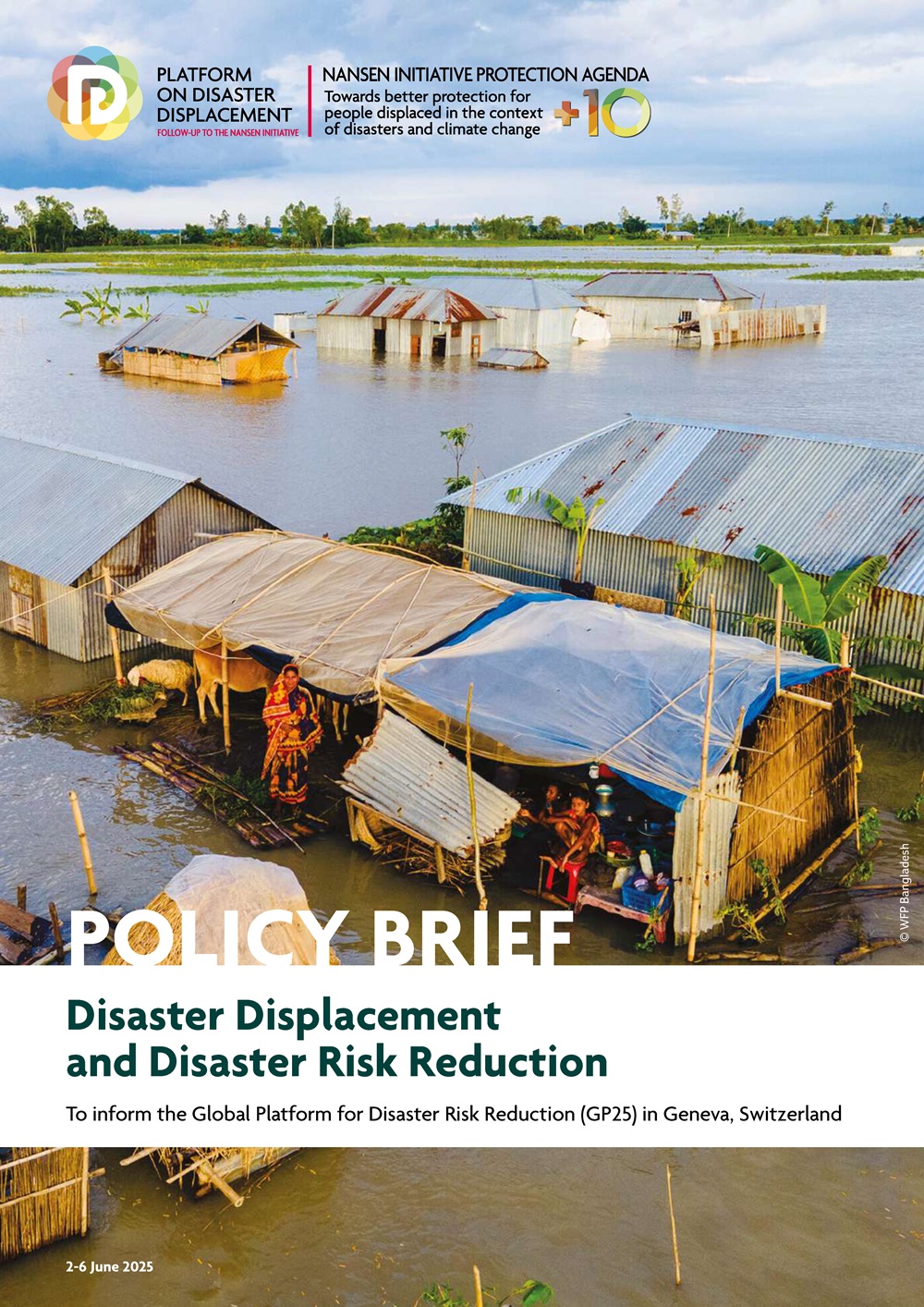The Sendai Framework for Disaster Risk Reduction 2015–2030 (Sendai Framework) seeks to reduce the impacts of disasters and enhance resilience. This Gender Action Plan to Support Implementation of the Sendai Framework for Disaster Risk Reduction 2015–2030 (Sendai GAP) aims to substantially increase gender-responsive disaster risk reduction by 2030. The guiding principles of the Sendai Framework recognize the need for a gender perspective to be integrated into all disaster risk reduction policies and practices, and highlight the importance of women’s participation and leadership.
The Sendai Framework’s guiding principles stress that, in addition to protecting people and their property, health, livelihoods and assets, as well as cultural and environmental assets, disaster risk reduction needs to promote and protect “all human rights, including the right to development” (article 19(c)). They also emphasize that, while each State has the primary responsibility for reducing risk, requiring an all-of-government approach across sectors and at all levels, it is also necessary to have all-of-society engagement and partnership. In this regard, women’s organizations and other gender equality and inclusion stakeholders play a pivotal role in disaster resilience, advocating for gender equality and localizing efforts. Furthermore, the guiding principles recognize that disaster risk reduction “requires empowerment and inclusive, accessible and non-discriminatory participation, paying special attention to people disproportionately affected by disasters” (article 19(d)). The Sendai GAP operationalizes the guiding principles through gender-responsive disaster risk reduction.
Research indicates that gender inequality exacerbates disaster risk and impacts for women and girls. There is an increasing amount of context-specific evidence and data on the unequal impacts of disasters on women and on girls. There is also a growing body of academic research on gender equality and disasters, including different impacts on people of diverse genders, and social norms about masculinity that can increase risks for men and also lead to increased gender-based violence. Intersectional risk factors, such as living in poverty, having a disability, being displaced or living in a conflict zone, a remote rural area or island, or a socially marginalized community, can exacerbate gendered risks. Gender-responsive implementation of the Sendai Framework is needed to properly understand differing risks and needs, address the gendered dimensions of risk and support intersectional risk management.




